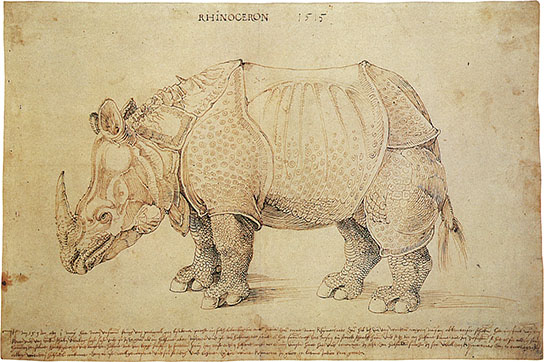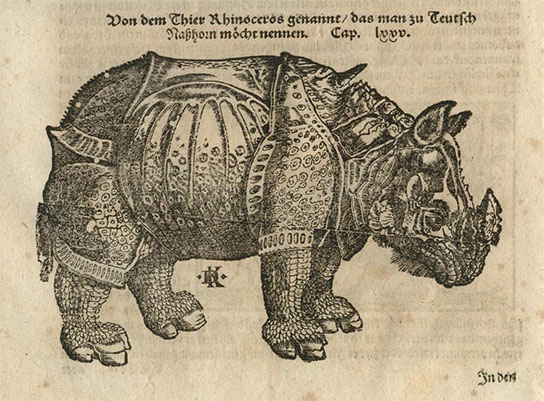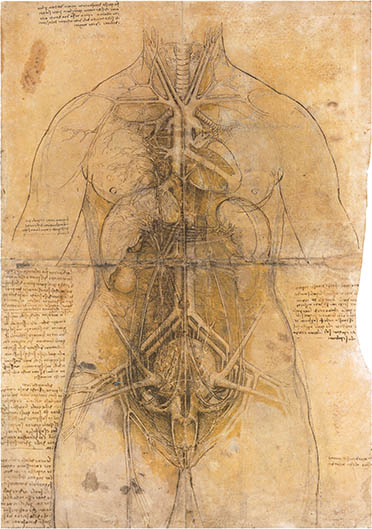That rhinocero, first seen in Europe, arrived in Lisbon
later that year on 20 May (5 months of travel) and created great scientific and
public interest. King Manuel eventually decided to give the rhinocero to Pope Leo X and it set sail for Rome in Dec 1515, I'm afraid that was a moved year for the poor animal.
During this second travel to
Rome the ship capsized in a storm and the rhino died. The carcass was recovered,
stuffed, and exhibited at the Vatican in 1516.
Although few saw the animal in
person the news spread across Europe. Albrecht Dürer, in Nuremburg, received a
sketch and a description from Valentin Ferdinand and from this he created
several ink sketches and his famous woodcut.
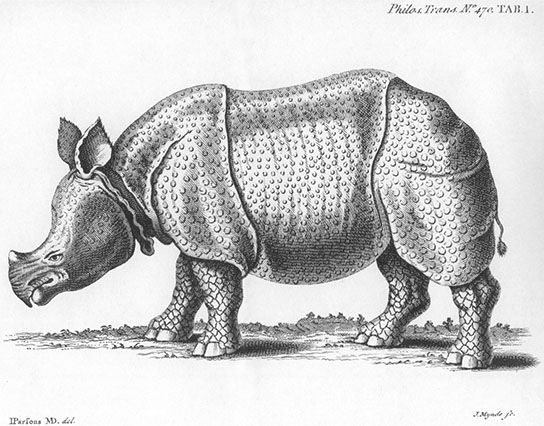 |
| Parsons, plate I, 1743. From ref. 3 |
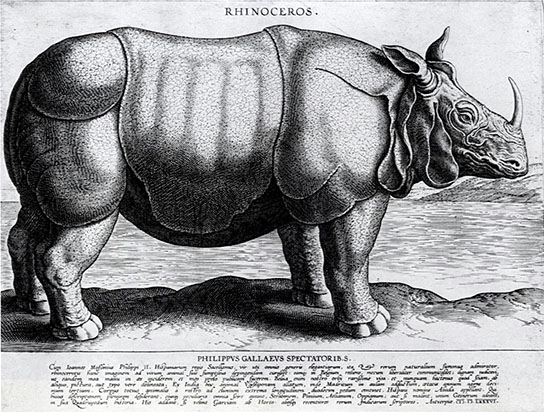 |
| Galle, Rhinoceros, 1586. |
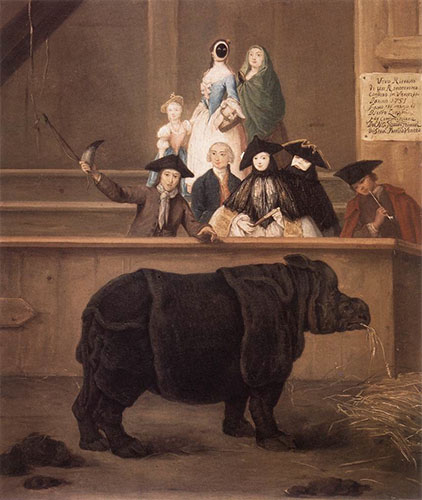 |
| Pietro Longhi, Exhibition of a rhinoceros at Venice, 1751. Wikipedia |
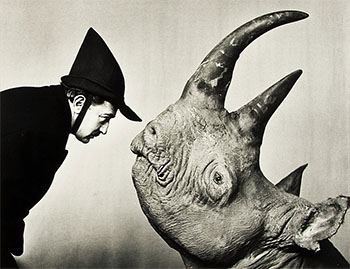 |
| Nice one :: Photo by Phillippe Halsman titled "Dali and Rhinoceros, 1956" |
